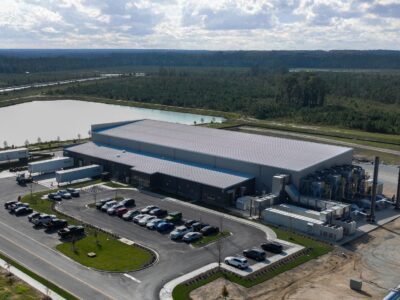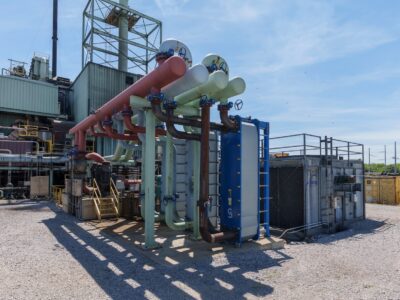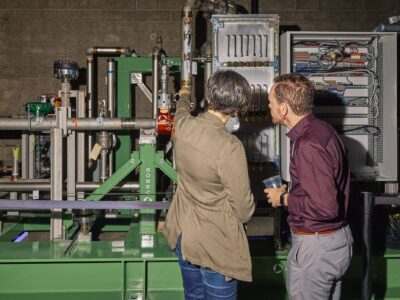There’s no denying climate change has made hurricanes form more frequently and more powerful. This new reality creates a very precarious situation, especially for those that live in Caribbean islands like Puerto Rico.
In the wake of Hurricanes Maria, Irma, and Fiona, residents have grappled with a lack of reliable electricity and wind-resistant housing. Marvel Architects, a New York and Puerto Rico-based architectural firm, is pioneering a groundbreaking solution: wind-resilient, solar-powered, rainwater-captured-equipped housing.
When Hurricane Maria rolled through Puerto Rico in 2017, the island’s power was crippled by the powerful winds and rain. The hurricanes keep coming, and the damage hasn’t been repaired yet, making life for the citizens of Puerto Rico difficult.
Wanting to do his part, Marvel’s CEO, Jonathan Marvel, co-founded the Resilient Power Puerto Rico (RPPR) nonprofit in 2017 to install solar panels on the roofs of community centers around the island.
These centers served as shelters for those who lost their homes during Maria. The good news was that the panels were entirely separate from the national grid, so solar energy kept generators running and restored power to some communities.
As of September 2022, over 38 solar hubs have been installed, meaning less electricity comes from the national grid and fossil fuels, Puerto Rico’s primary energy source. This clean technology is now being applied to housing. As the island moves off fossil fuels, it will be better equipped to handle outages during even the worst storms.
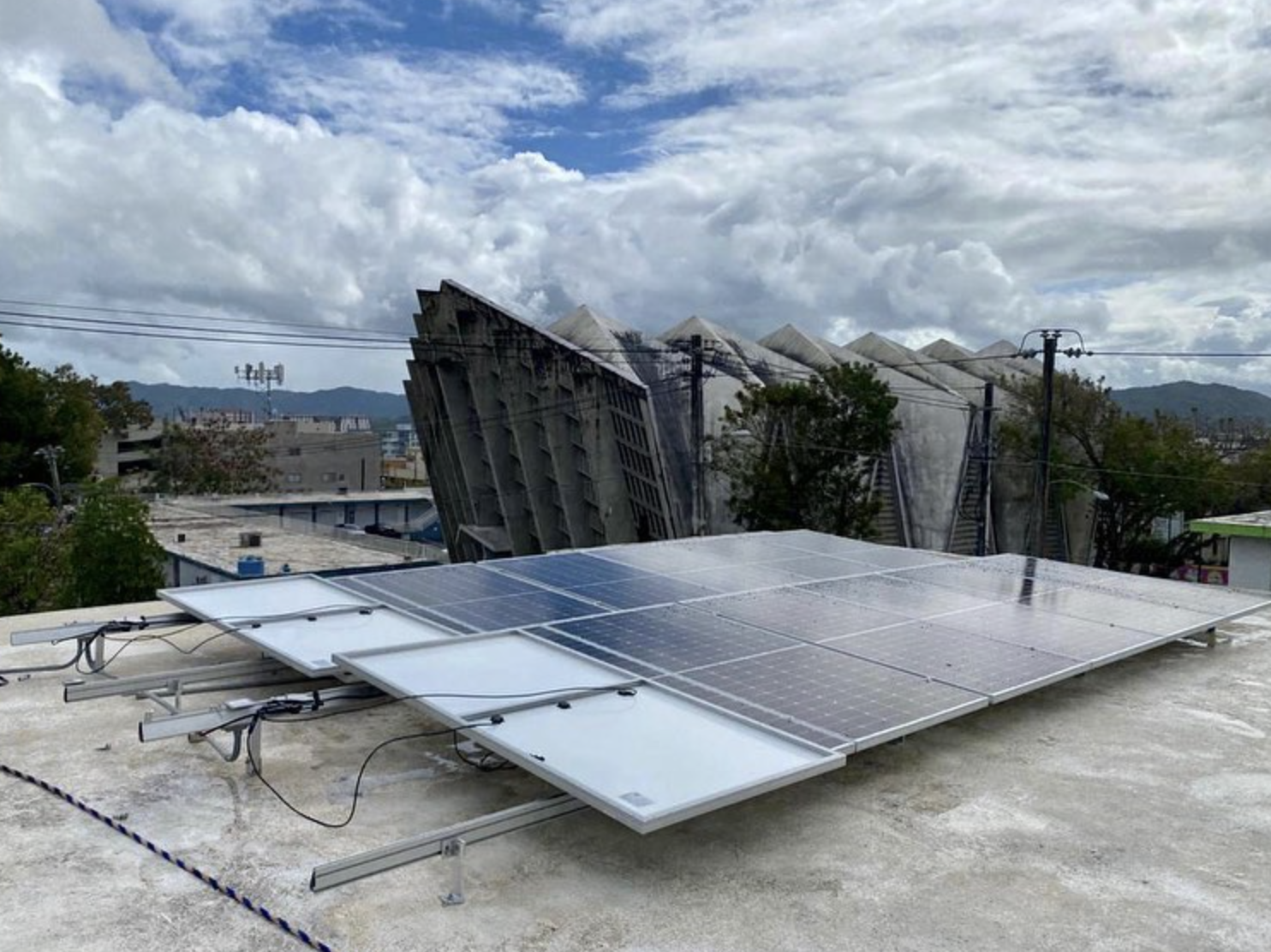
Photo Courtesy Resilient Power Puerto Rico
Marvel developed a single-family prototype home that withstood the wrath of Fiona. They have hurricane and seismic-resistant components and are less likely to fall over even in the strongest winds or earthquakes, designed with the solar technology used at the community centers. A storage tank also harvests and filters rain for easily accessible drinking water.
When Fiona hit Puerto Rico, these homes didn’t lose power, thanks to being off-grid and solar-powered. The company’s CEO hopes the new homes will be financially accessible as possible.
He wants native Puerto Ricans to live in the housing, hoping they will get loans like one would if they wanted to purchase a car.
“I don’t want to say ‘affordable’ because the average Puerto Rican income is below the level of poverty in the United States,” Marvel said to Fast Company. “So this is a housing system that’s going to require assistance to build.”
Marvel couldn’t have done this home design without the advocacy of Acacia Network, a Bronx-based nonprofit that advocates for affordable housing for the underprivileged and undeserved. The organization paid to build the prototype homes, with plans to construct more across the island. This type of solidarity is a key component of Marvel’s mission.
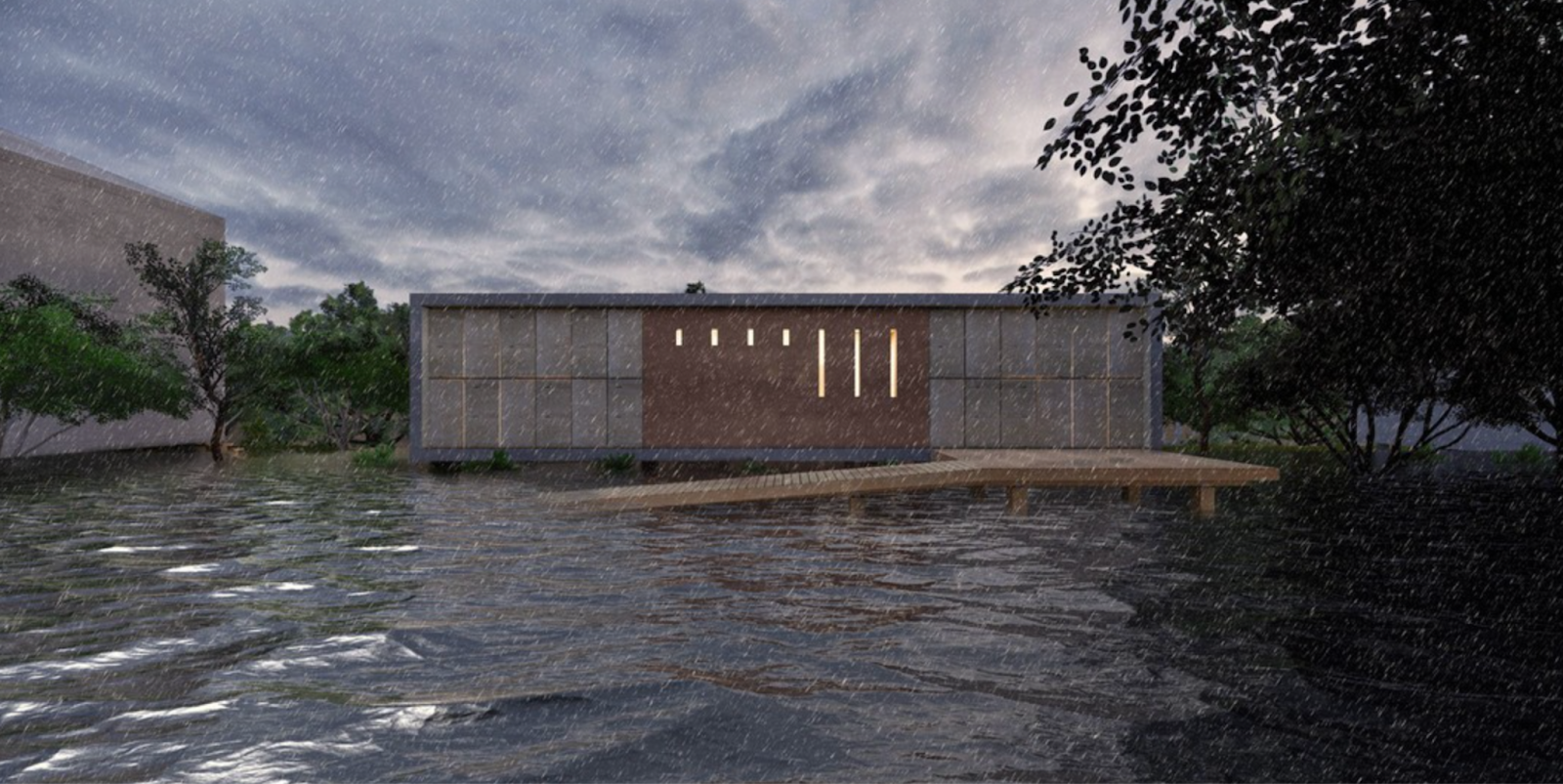
Photo Courtesy Marvel Architects
Puerto Rico isn’t the only island nation getting a prototype home from Marvel. The firm has plans to construct a slightly-elevated house that minimizes environmental impacts and labor costs.
Known as the Moriviví model, the home can be made throughout the Caribbean with multiple screen doors, with the boxy design perfect for optimal airflow. They will ideally be built with concrete and wood for the foundation and structure, but the roof will be made from corrugated metal so rain doesn’t sit on top and can be added to the cistern. Bamboo is expected to be used for screen doors and shutters, as it is easily malleable.
According to Marvel’s website, not only will this type of housing be more eco-friendly, but it will also open doors for job opportunities in construction and maintenance. Flood waters can pass under the house without causing water damage, sitting on a slightly elevated area. This innovation could change hurricane recovery efforts drastically, especially if there’s less debris to pick up.


